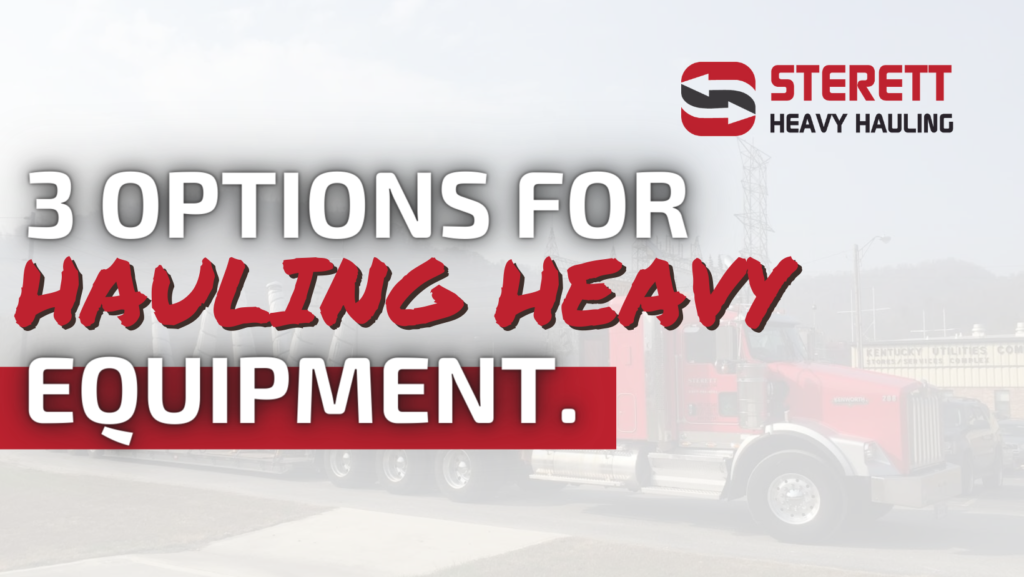Many truckers run into fatalities and injuries on the job every year, making it a high-risk profession that you can’t put at the backseat of your mind. Vehicle collisions and fuel fires can happen when you least expect it, especially when the trucker delivers pieces of machinery and massive construction equipment.
With that in mind, the guide below reveals how reputable and reliable heavy-hauling companies follow safety rules while on the road.
Trucking Companies Plan the Trip in Advance
Improper preparation can lead to unforeseen disasters while in transit, which results in delays, damaged products, and major losses for your business and the trucking company. It’s a lose-lose scenario, which is why planning for the trip as early as possible is critical for the successful shipment of your equipment.
Having a plan allows truckers to have an overview of any weather hazards and bottlenecks in the journey. Most trucking companies use GPS technology to determine the road condition, enabling them to steer clear of high traffic areas and come up with the safest route for the delivery.
Trucking Companies Keep a Strict Schedule
There are many factors in the road that can affect your delivery schedule – from accidents, roadblocks, and gridlock traffic. That’s why trucking companies typically set their travel window time between 30 minutes before sunrise and 30 minutes after sunset from Mondays to Fridays.
In addition to following a strict timeline, preparing all the necessary documents as state-specific permits can fast-track their progress.
Trucking Companies Use the Necessary Trailers for Different Types of Equipment
The best way to ensure the safety of the trucking company’s employees and your machinery is to use a trailer that is best suited to the job. There are varying axle and configuration types, all of which should meet the specifications necessary for the given project. With that in mind, you can expect the following trailer types:
- Drop Deck Trailer – as the moniker suggests, the upper part of a drop deck trailer is designed to adjust its height for easier loading and offloading of goods.
- Gooseneck Trailer – this trailer is affixed to the bed with an attached modifiable bar. Types like hydraulic, mechanical, fixed, and removable falls under gooseneck trailers.
- Extendable Drop Deck Trailer – the design works similarly to drop deck trailers, but the body can extend to cater for lengthier pieces of equipment.
- Lowboy Trailer – this trailer can go as high as 12 feet and lay flat on the ground.
- Flatbed Trailer – best used for hauling massive and lengthy materials like lumber, scaffolding, and steel beams, the flatbed trailer has no walls, roof, or rails.
Why Understanding How Heavy Hauling Companies Practice Safety Matters
Having a clear overview of how your prospective heavy-hauling company practices its security may seem unnecessary, but it provides a wealth of benefits for customers too.
For one, working with a company that values their employees’ welfare means you can have peace of mind knowing that your materials are out of harm’s way during its relocation from point A to B.
With that in mind, the guide above should give you a glimpse of how trucking companies practice safety and ensure your packages arrive on the dot unharmed.
If you’re looking for a heavy hauling company in Jacksonville, get in touch with us today! We’re happy to help.



